In the last week of April, a 55-year-old man from Kathmandu was about to have a liver transplant. His 25-year-old daughter was ready to donate her liver to him. All the tests were performed and the results were also positive. Following the test reports, he was admitted to the Tribhuvan University Teaching Hospital (TUTH), Maharajgunj for transplantation.
A team of doctors led by Dr Vijay Vij of Fortis Hospital in India had already booked tickets for Kathmandu to assist in the transplant. But, in the same week, the government imposed a prohibitory order in the Kathmandu valley citing the escalating rate of Covid-19 cases in Kathmandu.
“The month-and-a-half-long preparation went in vain due to the lockdown,” says Dr Ramesh Singh Bhandari, liver transplant and pancreas GI surgeon at the TUTH. Even after three months, the man’s liver transplant date has not been decided yet.
After the lockdown was imposed to restrict the movement for combatting the spread of the coronavirus infection, all the hospitals also focused on the treatment of Covid-19. As a result, many patients with chronic illnesses were deprived of regular treatment and some even lost their lives. There are thousands of people who are deprived of timely medical treatment, aggravating health problems. And, there has been no account about the increased economic burden due to all these delays.
Burdens of delay
Apart from the unavoidable emergency surgeries at the TUTH, 30 to 50 surgeries are generally performed in a month during normal times. However, Bhandari informs, “Though we don’t have exact data of surgeries performed during the lockdown, only a few complex liver and pancreas surgeries were performed.”
According to Dr Narayan Bhusal, a urologist at the Kist Hospital, kidney transplantation that was halted since March 18, 2020, owing to the pandemic, started only on April 20 this year. “After the first successful operation on April 20, we were preparing to operate on a woman from Nawalparasi. Unfortunately, she died of coronavirus infection during tests, therefore, we again halted transplantations, ”he explains.
Further, Bhandari adds many procedures have to be repeated when rescheduling the transplantation after a long time. It not only makes the patient miserable but also increases the financial burden.
According to him, a liver transplant costs about Rs 3 million. Since only one transplant of a patient can be performed at a time, other patients cannot be made ready for transplantation. Given that, even after the pandemic will be controlled, the patient’s turn is delayed automatically. “Due to that, some cases become more complicated and thus transplantation cannot be done, while some patients even die while having to wait for their turn,” adds Bhandari.
There are many patients waiting for their turn for a kidney transplant after undergoing dialysis at the Kist Hospital. The hospital has stated that the transplantation of some of them. One of them is Uddhab Kumar Moktan, 38, of Hetaunda. He came to the hospital on April 15 after experiencing some health problems.
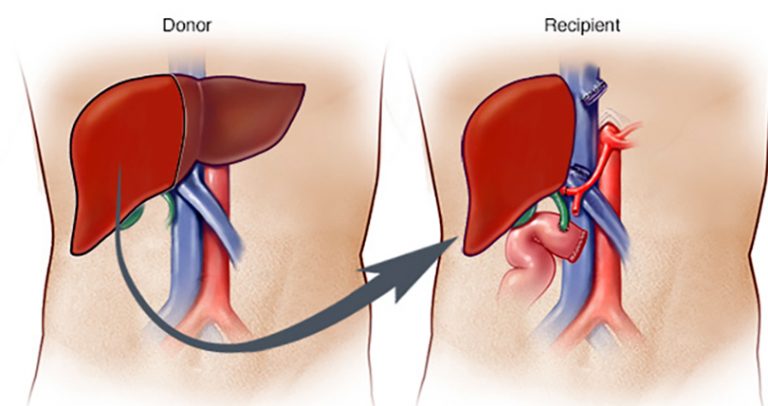
After undergoing necessary examinations, it was found that he had had problems in his kidney and the doctor suggested a transplant as soon as possible. Though his 51-year-old sister agreed to donate him a kidney, the scheduled transplantation was cancelled after the donor tested positive for the coronavirus. Moktan grimaces, “It’s been two months, I still don’t know how long I have to wait. Plus, expenses will also increase.”
Bhandari says that patients from outside Kathmandu could not come due to the lockdown. Besides, he remembers that even in cases of emergency surgery, the ICU beds were all full and the patients had to be sent elsewhere.
Likewise, Bhusal adds, “The fear of contracting coronavirus has led to an increase in the number of patients coming to the hospital only after they have become critically ill. Most people stayed at home tolerating many other diseases. While doing so, many have lost their lives even before reaching the health facility.”
He further clarifies that especially when there is a delay in the detection of cancer, the patient cannot be saved. Corroborating Bhusal, Bhandari says it is risky to operate on patients with complex conditions.
It has been more than a year and a half since the first case of Covid-19 was found in Nepal. To control the influx of people and the crowds, the government had for the first time imposed a nationwide lockdown on March 24, 2020. And, the process of imposing and easing or lifting the lockdown ran quite a while and still is in the progress after the start of the second wave of the Covid-19 since April.
Therefore, patients with cancer, kidney diseases, respiratory and other chronic diseases and those waiting for heart surgery were not able to go to hospitals. Even those with easy access did not visit the hospitals due to the fear of contracting the infection.
Doctors working at the Teaching Hospital, Bir Hospital, Patan Hospital, Human Organ Transplant Centre (HOTC) and other places say that only 10 per cent of the patients came for treatment and that also in emergency services. As per Dr Prem Gyawali, the director of the Human Organ Transplant Centre, there used to be up to five transplants in a day and now, the centre is struggling to perform even one.
According to Amish Pathak, the chief executive officer of the Kist Hospital, there used to be about 200 patients a day before the pandemic and about 600 used to visit the hospital for OPD services. “Currently, only 15 to 20 patients are admitted every day. The number of patients seeking OPD services is around 80 only, “he informs,” Except for emergencies, patients have not come to the hospital. Many are even seeking services online.”
At the Shahid Gangalal National Heart Centre, 600 people used to be admitted to the OPD one day before the pandemic and an average of 60 people used to receive emergency services. As of now, there are about 20 patients in emergency and 200 patients in the OPD, informs Dr Chandra Mani Adhikari, the director of the centre.
People with non-communicable diseases hit hard
A study conducted by the Nepal Health Research Council (NHRC) in 72 districts in 2019 found that 73 per cent of the total deaths were due to non-communicable diseases relating to heart, respiratory problems, kidney, diabetes and cancer.
And, the remaining 27 per cent died of communicable diseases, maternal and neonatal complications, and nutrition-related diseases. In the same study, it was found that about 11.7 per cent had respiratory problems, 8.5 per cent had diabetes, 6 per cent had kidney disease and 2.9 per cent had heart problems.
According to the report, deaths due to complications related to diabetes have increased by about 59 per cent in the last 10 years. Likewise, deaths from chronic kidney disease have also increased by 37 per cent during this period.
The number of deaths due to heart disease increased by 60 per 100,000 as of 2017 as compared to 1990. Deaths from strokes and respiratory diseases have risen by 21 per cent and 14 per cent during the period respectively.
Although the harm of non-communicable diseases is greater than that of communicable diseases, doctors predict huge losses as only about 10 per cent of patients have visited hospitals during this ongoing Covid-19 pandemic.
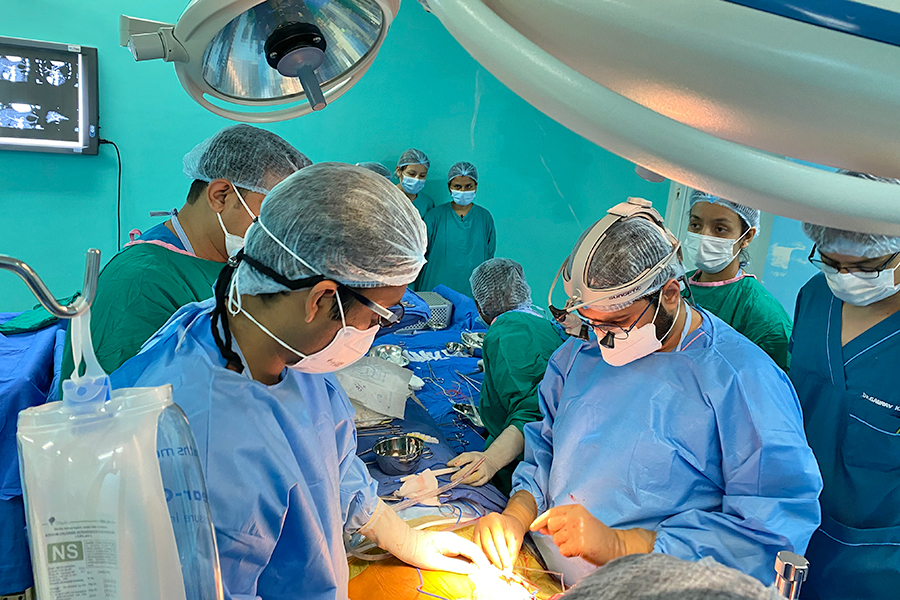
“Earlier, every hospital used to have a long queue of non-communicable disease patients who had to wait months for surgery. No one knows where all these patients are now and in what condition,” states Dr Rishi Kumar Kafle, a nephrologist.
In the fiscal year 2020/21, there were 54,886 people receiving financial assistance from the government for the treatment of eight diseases. Of these, 5,657 received aid for dialysis alone. And, there were 34,667 cancer patients and 1,031 kidney transplant recipients.
There are hundreds of people registering their names and waiting for the government to receive various medical services. According to the urology department of Bir Hospital, 214 people are waiting for dialysis at the government facility. And, there are 250 at the HOTC and 300 at the TUTH. The situation of other dialysis centres is also the same. They have a large number of patients waiting for their turn.
Adhikari of the SGNHC informs that the immunity of patients having chronic illnesses including respiratory, heart, and kidney diseases and cancer is very low. Therefore, if they become infected, the situation becomes more complicated and they are more likely to die. “For the same reason, patients with non-communicable diseases have opted to not go to a hospital,” says Adhikari.
According to a study by the SGNHC, the death toll from heart disease in the first wave of the pandemic was 11.1 per cent, which rose to 24.5 in the second wave. This study also showed that patients with non-communicable diseases are at risk during the pandemic, concludes Adhikari.
Break in routine follow-ups
The routine follow-up of patients has been disrupted due to the lockdowns and prohibitory orders. Doctors also say that this has added up to the problems of the patients.
A patient who received a kidney transplant two years ago came to the Kist Hospital for follow-up in the last week of June. At the time of the transplant, the creatinine level of the patient was 21. He was sent home after his creatinine level was lowered to 3. In the follow-up, creatinine increased to 7 and blood pressure was 240/120. Bhusal narrates that such a problem was witnessed when the follow-up was not done on time.
Nephrologist Kafle estimates that the problem has become more complicated as many patients who need regular follow-up are at home and their condition is not known to the doctor. Only those in very critical condition visit hospitals nowadays amidst the pandemic.
According to Dr Roshan Prajapati, the executive director of the Bhaktapur Cancer Hospital, the treatment process for cancer takes seven months to a year. He says that the patients who had to come to the hospital for follow-up every three weeks were having hard times due to the prohibitory order.
“There are dozens of examples of patients coming from outside the valley to receive the treatment worth Rs 10,000 paying Rs 30,000 to Rs 50,000 for an ambulance,” informs Prajapati.
According to him, this has aggravated the problems in many chronic cancer patients coming to the hospital. When some patients come late for follow-up, cancer already reaches the third or fourth stage, making it impossible to operate.
“The impact of the epidemic on non-communicable diseases might seem negligible as of now, but the long-term effects are likely to be dire,” warns Prajapati.
According to doctors, patients undergoing treatment for cancer should be followed up regularly. From chemotherapy to the amount of medicine, everything should be adjusted accordingly. If the regularity of the medicine is broken, the treatment of the patient becomes unexpectedly complicated.
Lack of beds and oxygens
The Ministry of Health and Population issued a press release on March 21, 2020, announcing the postponement of ‘elective surgeries’. As the first wave of pandemic subsided, they resumed last December, but after the second wave began to escalate, the ministry decided to postpone them again on April 27.
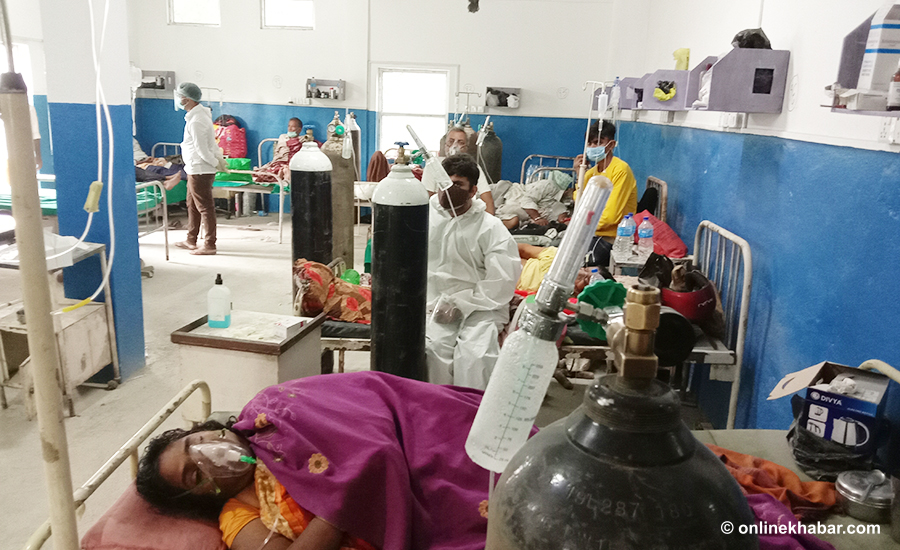
According to Bhusal, while the pandemic was on the rise, hospitals were struggling to undergo emergency surgeries in the shortage of oxygen and ICU beds for Covid-19 patients itself.
In addition, Bhandari adds that they were not able to perform even emergency surgery as the ICU beds were all occupied by Covid-19 patients.
When the pandemic was at its height, there were 85 heart disease patients at the Gangalal Hospital one day, who were also suffering from Covid-19 at the same time. The hospital treated up to 200 infected people daily and performed ‘primary angioplasty’ on more than 100 people who arrived at the hospital suffering from a heart attack.
In the first month, about 50 people underwent primary angioplasty. Although the number of angioplasties increased in the two months of the pandemic, it was difficult to manage blood, ICU beds and oxygen for surgery when the pandemic was on the rise, reports Dr Kunjan Sherpa at the hospital.
Roadblock at diagnosis
According to a study report by the Nepal Health Research Council (NHRC), about 81.5 per cent of the patients who visit a hospital and 88 per cent of those who seek inpatient services have non-communicable diseases. About two decades ago, 70 per cent of people in Nepal had communicable diseases and 30 per cent had non-communicable diseases. But, the doctors say no new cases of non-communicable diseases have been identified during the pandemic.
Although there are no exact statistics, an analysis of hospitals’ records reveals every year 3,000 new kidney patients are diagnosed. According to nephrologist Kafle, about 200 transplants per month have been postponed for a year due to the pandemic.
“After the pandemic is controlled, it seems like the dialysis and transplant seats will be occupied by old patients for a year,” he lets us know.
At the Kanti Children’s Hospital alone, about 200 new cancer patients are diagnosed every year. “The Covid-19 pandemic has made it difficult to identify new patients this year. Some patients could not come to the hospital even if they needed immediate treatment,” asserts Dr Sudhir Sapkota.
Senior citizens at risk
A 75-year-old man from Butwal narrated his health conditions to Dr Ramesh Kandel, a geriatrician and dementia specialist of the Kist Hospital, in the last week of April over the phone. Kandel suspected a heart attack, therefore he advised the senior citizen to go to the hospital immediately. But, he did not go to the hospital owing to the fear of contracting the coronavirus. On the third day, he was taken to the hospital and put on a ventilator, but he died two weeks later.
Dr Kandel says many senior citizens have suffered due to this fear and restriction on transportation because of the lockdown. The news stories that the effect of the coronavirus infection will be more on senior citizens and the chronically ill have spread trauma on them. According to him, the senior citizens suffering from Covid-19 and those who were coronavirus-free have died unnaturally as they feared going to the hospital.
“There are no comparative studies in our health system, but many senior citizens who could be saved have lost their lives because they could not come to the hospital or continue their medication,” grimaces Kandel.
According to the census of 2011, there are 2.7 million senior citizens in the country. According to a study by the NHRC, these people have some form of chronic disease including asthma, diabetes, high blood pressure and Alzheimer’s. However, they did not go to the hospital for treatment except while suffering from Covid-19 during this time.
“Some senior citizens remained in home isolation even when they were infected by the coronavirus, due to which they could not be saved without treatment”, informs Dr Kandel.
According to Kandel, there are also many senior citizens compared to other age groups suffering from mental health problems because of Covid-19. According to him, the senior citizens who are undergoing regular treatment have not been able to contact the doctor through phone and the internet. “The pandemic has overshadowed the problem of non-communicable diseases, but its impacts can be appalling,” he adds.
A worldwide problem
Although there has been no research in Nepal on the impacts of the Covid-19 pandemic on patients having non-communicable diseases, the World Health Organization (WHO) has conducted a global study. As per that study, the number of untimely deaths due to diabetes has increased by 5 per cent in 2020 compared to 2019.
In rural India, the number of heart patients taking emergency services has dropped by 30 per cent. As mentioned in the report, in many countries, patients have not been able to come for emergency services due to fear surrounding the pandemic and imposed restrictions.
According to the report, 68 per cent of those who died of Covid-19 in Italy had high blood pressure and 31 per cent had diabetes. The number of new cancer patients in the Netherlands has dropped by 25 per cent this year compared to the previous year due to the lack of access to health facilities during the pandemic.
In Spain, 13 per cent of those who died of Covid-19 had cardiovascular disease. A survey of 194 countries found obstruction or disturbance in the treatment of non-communicable diseases in 163 countries, as mentioned in the WHO research report. In 46 per cent of the countries, no screening was done to identify new patients. In 39 per cent of the countries, because doctors specialised in treating non-communicable diseases have been assigned to Covid-19 treatment, the treatment has been found to be affected.
According to the WHO study, 34 per cent of countries report patients have been affected by the closure of healthcare facilities treating non-communicable diseases. Thirty-two per cent of countries reported that the pandemic affected the patients of non-communicable diseases due to a lack of health workers.
The study also mentions that patients in 26 per cent of the countries could not access healthcare due to the fear of pandemics. Further, 25 per cent of the countries reported not being able to treat patients who needed to be admitted. Twenty per cent of the countries said they had not been able to provide services to the patients of non-communicable diseases due to a lack of treatment resources and equipment.
He further views that the problem has occurred when the government has made a policy for non-communicable diseases but failed in its implementation and budget allocation.
Dr Meghnath Dhimal, the chief research officer of the Nepal Health Research Council, mentions that the study has shown patients with non-communicable diseases or those having to undergo surgery have a mortality rate of 25 percent due to the coronavirus infection.
According to Uday Narayan Yadav, who led a study on the impact of the pandemic on people living with non-communicable diseases in low- and middle-income countries, about 50 per cent of the elderly people have one to four chronic illnesses including arthritis, heart disease, diabetes, and severe lung disease. “This pandemic has hit the patients of non-communicable diseases the most. The government has not set up a mechanism to manage them,” adds researcher Yadav.
“If the community health centre had managed non-communicable disease patients at the community level, they would not have to go to the hospital,” he says, “The government must now move towards providing healthcare through telecommunications using digital technology. The pandemic could last a very long time.”
According to the doctors, the obstruction in the diagnosis, follow-up examination and surgery citing the pandemic will definitely affect the health structure, increase the death rate and increase the treatment cost of the patients.
(In collaboration with OnlineKhabar.)

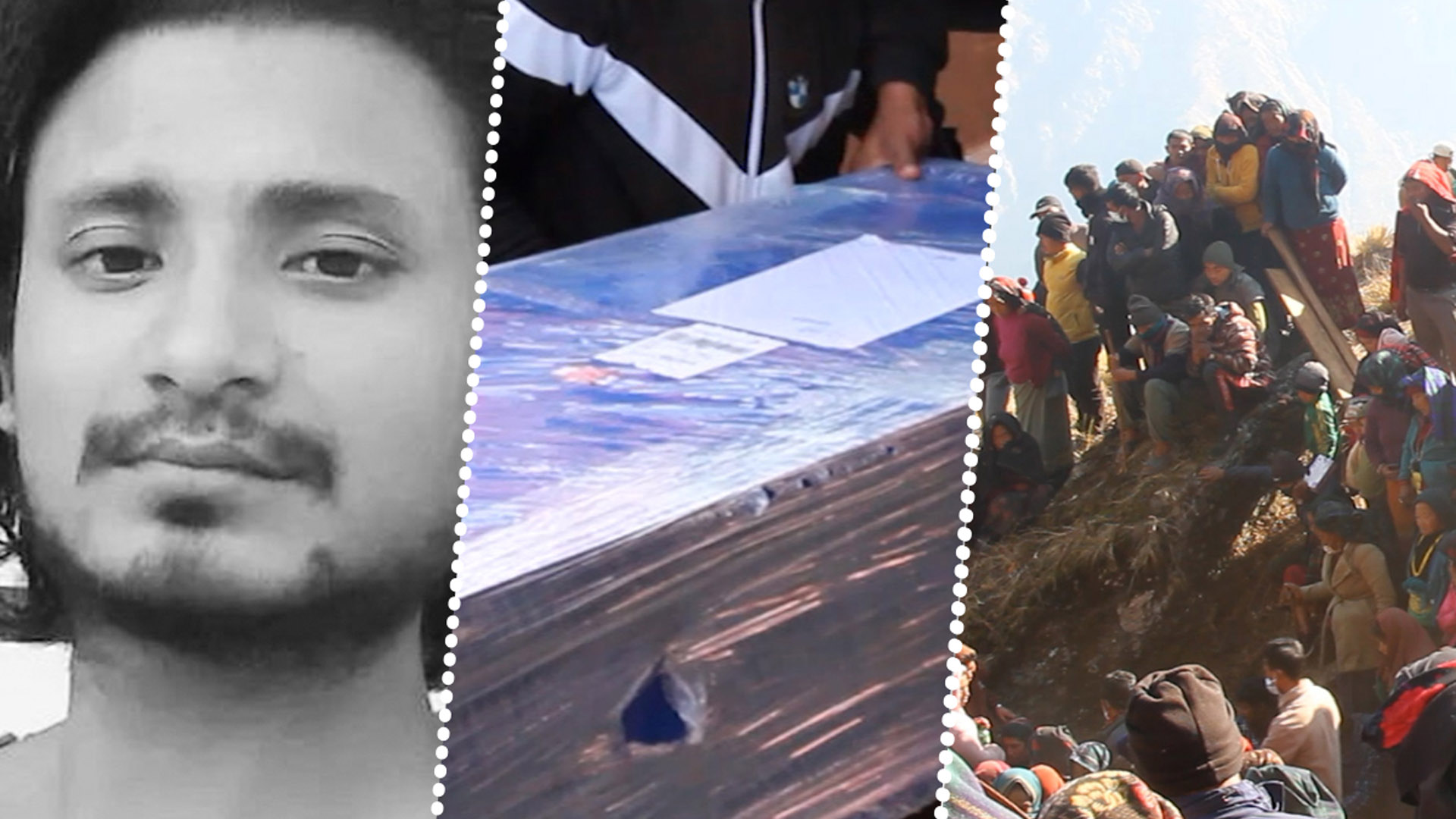
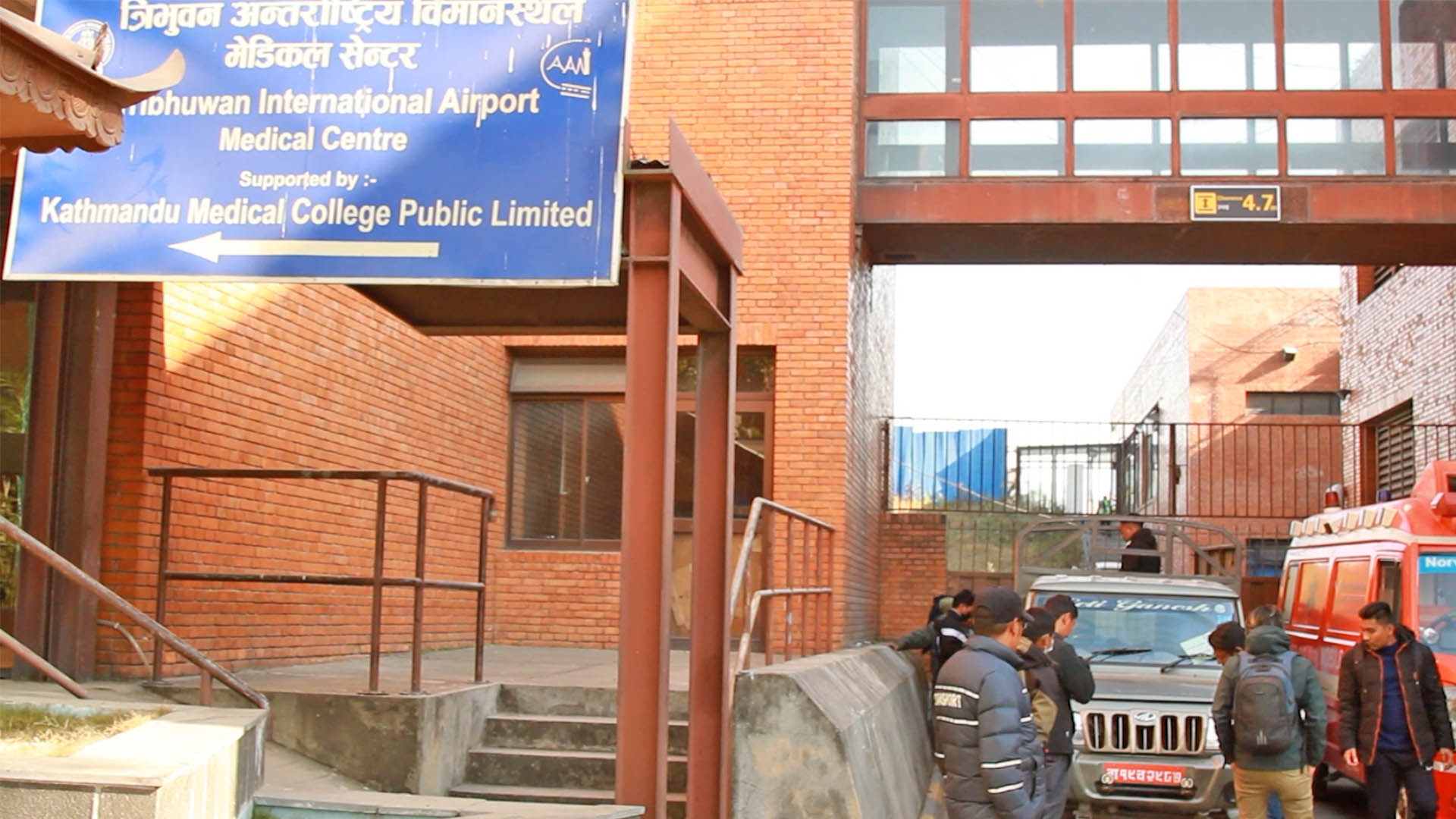
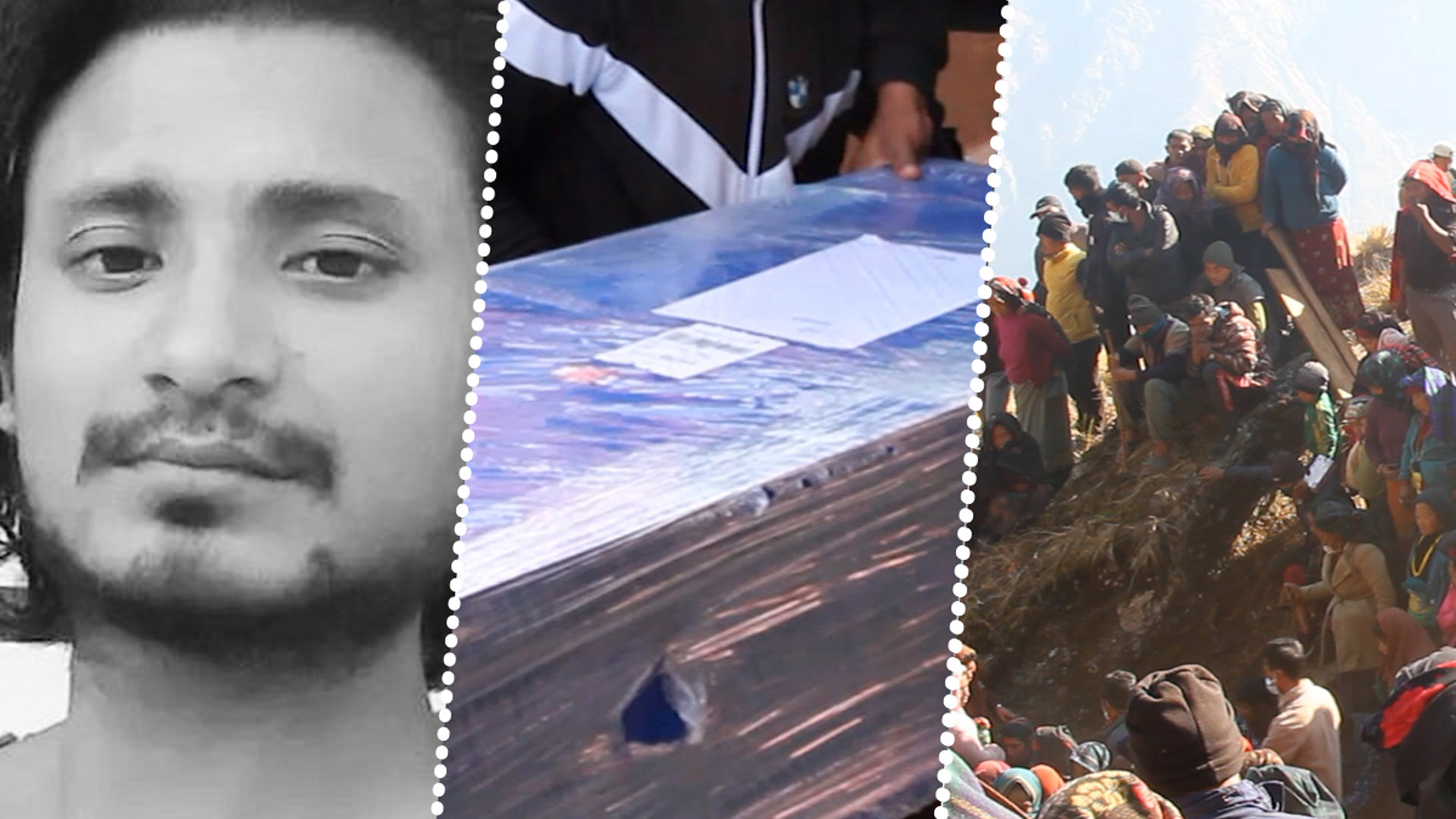
Comments